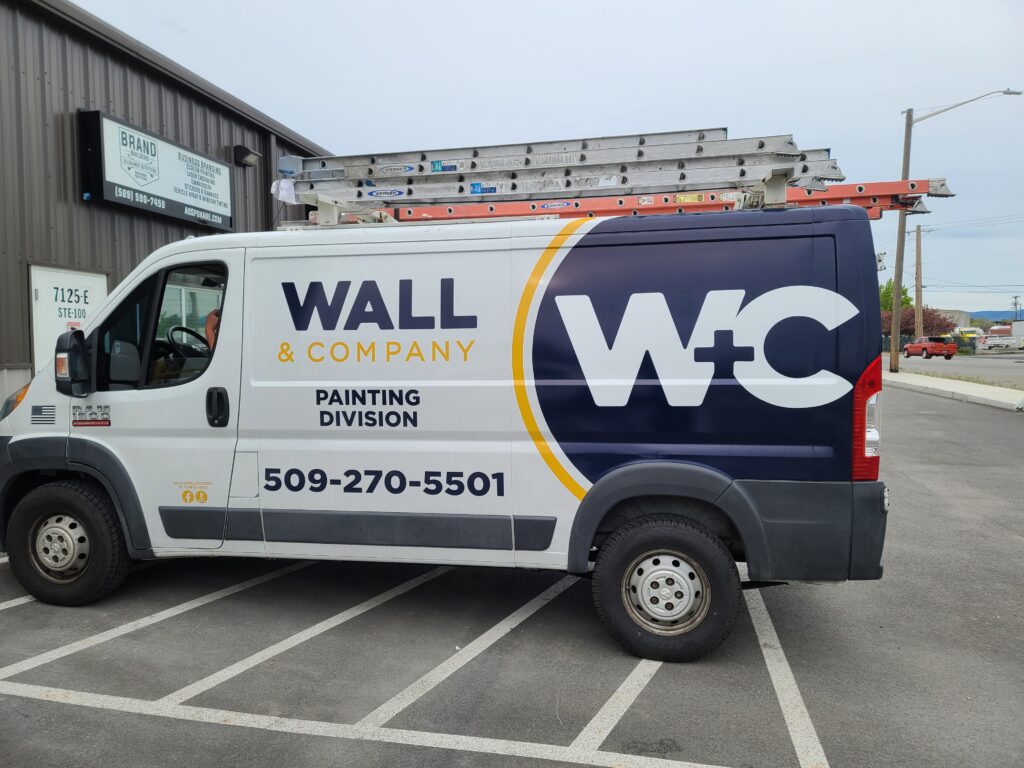The Art and Impact of Vehicle Wraps
Driving the Future of Advertising: The Art and Impact of Vehicle Wraps
The Art and Impact of Vehicle Wraps
In today’s fast-paced world, businesses constantly seek innovative ways to stand out and capture their target audience’s attention. One such trend that has taken the advertising industry by storm is vehicle wraps. These eye-catching mobile billboards have revolutionized outdoor advertising, offering a unique and cost-effective way to promote brands and products on the go. In this article, we’ll explore the fascinating world of vehicle wraps, delving into their history, the process of wrapping a vehicle, materials used, benefits, design considerations, and more.
A Brief History of Vehicle Wraps
Although vehicle wraps may seem like a recent phenomenon, their roots can be traced back to the early 1900s when businesses used hand-painted logos and advertisements on horse-drawn carriages and delivery vans. With the advent of vinyl in the 1950s and digital printing technology in the 1990s, vehicle wraps as we know them today began to take shape, offering a more efficient and versatile solution for mobile advertising.
The Process of Wrapping a Vehicle
Vehicle wrapping involves applying a thin, adhesive vinyl film to a vehicle’s exterior surface. The process begins with thorough cleaning and vehicle preparation to ensure proper adhesion. Next, a professional installer applies the vinyl wrap using specialized tools and techniques to ensure a seamless finish. Depending on the size and complexity of the design, the entire process can take anywhere from a few hours to a couple of days.
Materials Used in Vehicle Wraps
High-quality vinyl films are the primary material used in vehicle wraps. These films come in various finishes, including gloss, matte, metallic, and textured, allowing for a wide range of creative possibilities. Some popular brands in the industry include 3M, Avery Dennison, and Oracal. Laminates are often applied to protect the printed graphics and extend the wrap’s longevity.
Benefits of Using Vehicle Wraps as an Advertising Medium
Vehicle wraps offer numerous advantages over traditional advertising methods:
- High Visibility:
Wrapped vehicles can potentially reach thousands of viewers daily, making it an effective way to increase brand exposure. -
Cost-Effective:
Vehicle wraps have a relatively low cost per impression compared to billboards or print ads. - Targeted Advertising:
Businesses can strategically deploy wrapped vehicles in specific areas to reach their desired demographic. -
Customizability:
Vehicle wraps can be easily updated or replaced, allowing for flexible and up-to-date advertising campaigns. -
Protection:
High-quality wraps protect a vehicle’s paintwork from scratches, UV damage, and other environmental factors.
When designing a vehicle wrap, it’s crucial to consider the following aspects:
-
Simplicity:
Keep the design clean and straightforward, with a clear message and easily readable text. -
Branding:
Ensure the design aligns with your brand’s identity, using consistent colors, fonts, and imagery. - Visual Impact:
Use high-quality images and bold graphics to create a visually striking design that captures attention. - Vehicle Shape:
Consider the vehicle’s contours and dimensions when designing the wrap to ensure a seamless and aesthetically pleasing result.
Successful Vehicle Wrap Campaigns and Costs
Numerous brands have successfully utilized vehicle wraps to boost their advertising efforts. For example, Coca-Cola’s signature red and white wrapped trucks have become synonymous with the holiday season, while Red Bull’s fleet of branded Mini Coopers is instantly recognizable worldwide. The cost of a vehicle wrap can vary depending on factors such as the size and complexity of the design, the type of vinyl used, and the installer’s expertise. On average, a full wrap for a standard car can range from $1,500 to $3,500, while a larger vehicle, like a van or truck, may cost between $2,500 and $6,000.
In conclusion, vehicle wraps have emerged as a powerful advertising tool in today’s competitive market. Their eye-catching designs, cost-effectiveness, and adaptability make them attractive for businesses looking to stand out and make an impact. By understanding the process, materials, and design considerations associated with vehicle wraps, you can appreciate the artistry and innovation behind this dynamic form of advertising.
The Art and Impact of Vehicle Wraps
Go to Spokane Gear Home Our Google Maps Listing

